In today’s fiercely competitive whitening product market, consumers demand outstanding whitening effects. Yet many manufacturers face a common challenge: whitening inefficiency. One critical factor that may be responsible is the quality of the Teeth Whitener Nano Coating used in the product. In this blog, we answer the question posed in the title by examining six key aspects and exploring how optimizing nano coating technology can enhance whitening performance.
Teeth Whitener Nano Coating is an advanced nano-level surface treatment aimed at improving the performance of whitening products. A high-quality nano coating ensures even light dispersion, enhances the adhesion of active whitening ingredients, and effectively prevents pigment deposition. In contrast, a low-quality coating might suffer from uneven thickness and poor adhesion, hindering the light-driven catalytic processes necessary for efficient whitening.
While several factors can contribute to whitening inefficiency, the quality of the nano coating plays a critical role. A subpar Teeth Whitener Nano Coating can prevent proper activation of the whitening reaction, resulting in insufficient decomposition of stains and colorants. Thus, even if the formulation is optimal, the final whitening performance can be significantly compromised if the coating does not perform as intended.
When the nano coating quality is lacking, several issues may arise:
These factors directly contribute to reduced product performance and consumer dissatisfaction.
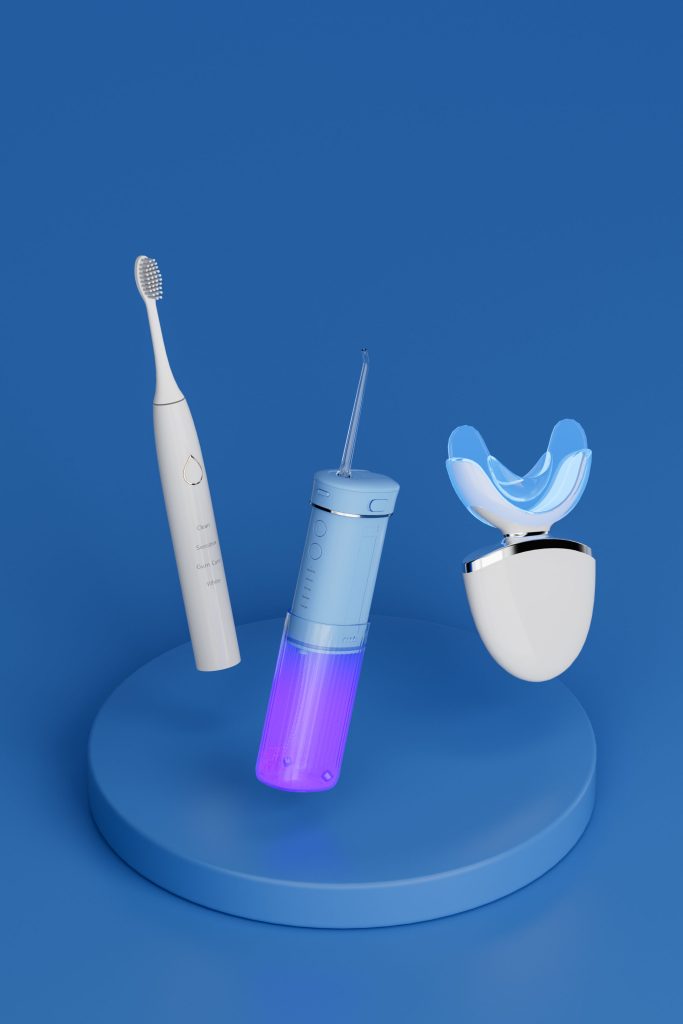
To prevent inefficiencies, manufacturers should rigorously assess the quality of Teeth Whitener Nano Coating during production. Key evaluation methods include:
Implementing these quality checks helps detect issues early and prevents low-quality coatings from reaching the market.
To address whitening inefficiency caused by a low-quality nano coating, manufacturers can take several steps:
These measures collectively contribute to a product that consistently meets high performance and aesthetic standards.
In summary, whitening inefficiency can indeed be closely linked to low-quality Teeth Whitener Nano Coating. Poor coating quality can undermine the activation of whitening agents, resulting in uneven and ineffective whitening. To resolve this issue, manufacturers must emphasize rigorous quality testing, optimize the coating process, and invest in advanced materials. By doing so, they can significantly enhance the whitening performance, ensuring that their products deliver the vibrant, consistent results that consumers expect. Ultimately, selecting a high-quality Teeth Whitener Nano Coating is essential to achieve superior whitening and boost overall customer satisfaction.https://www.powsmart.com/about-powsmart/
Adult Sonic Toothbrush Distributor for Dental and Retail Markets
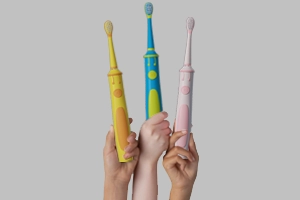
Talk About the Pros and Cons of Children’s U-Shaped Brushes
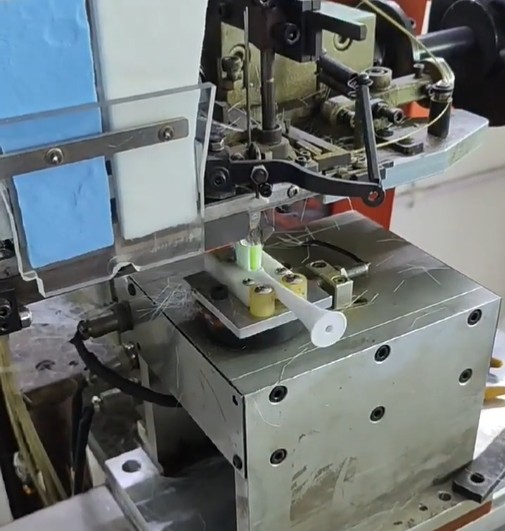
Environmentally Friendly Oral Care Products: Consumer Demand and Market Growth Potential
Water Spray Scattering Plus Whitening Rebound – Design Flaw?
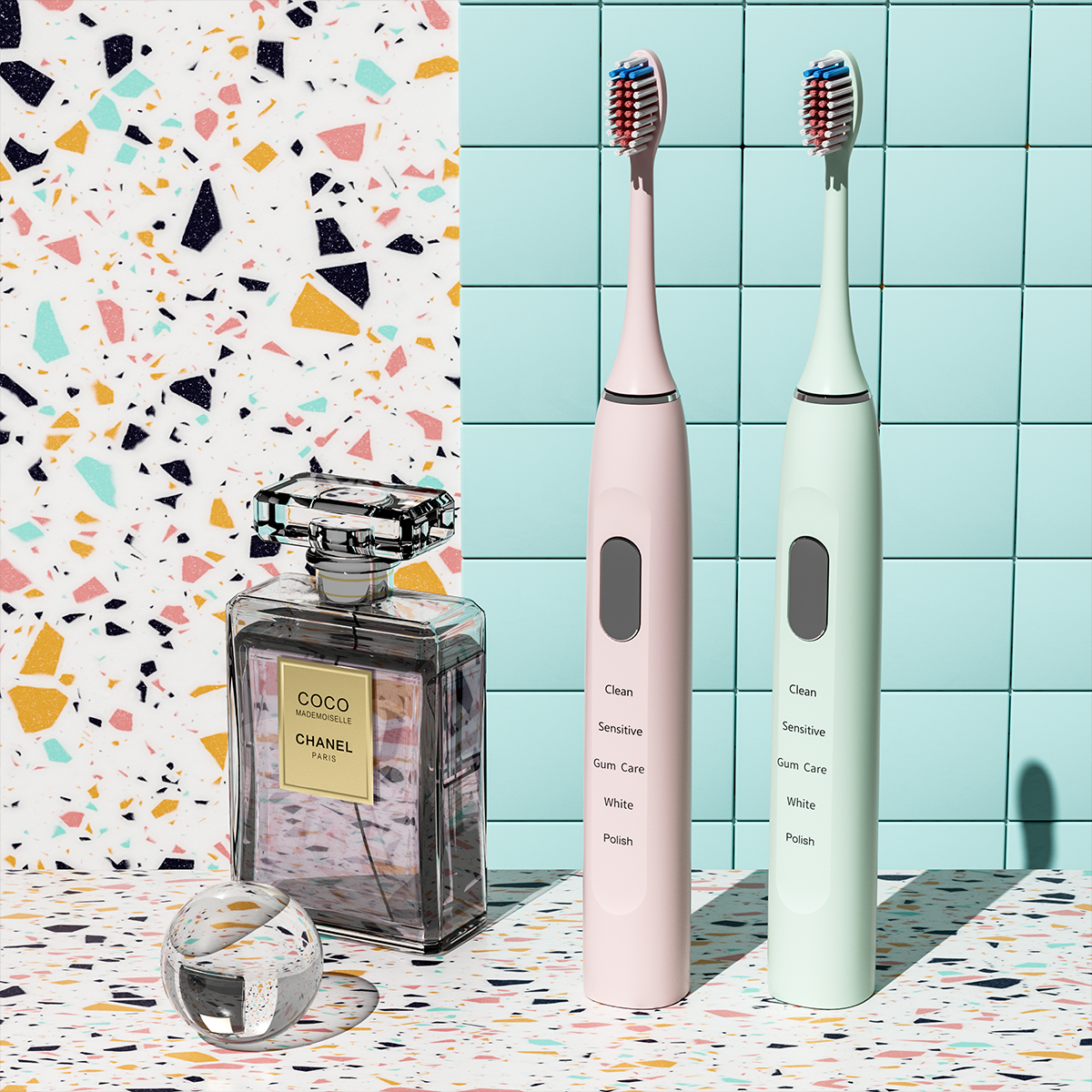
Oral Care Brand Style Trends 2026 – Connecting Aesthetics with OEM Strategy

3-Month Brush Head Replacement Reminder: Why It Matters for brand owners

Custom Logo Smart Toothbrush OEM for Austin Tech Companies
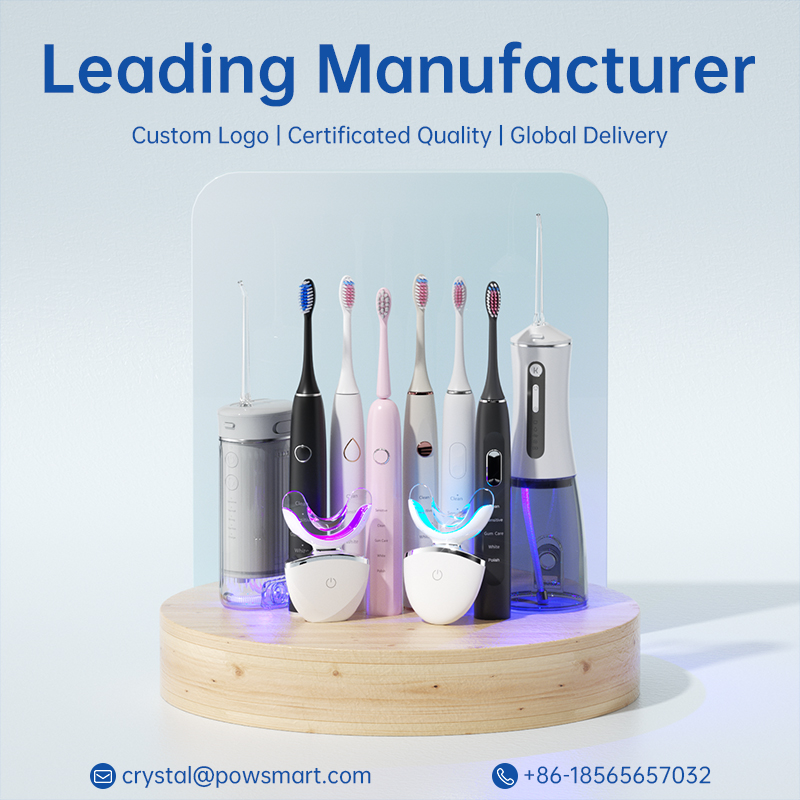
One-Stop OEM Factory for Electric Toothbrushes, Water Flossers & Whitening Kits

Where is the main production base of electric toothbrush in China?
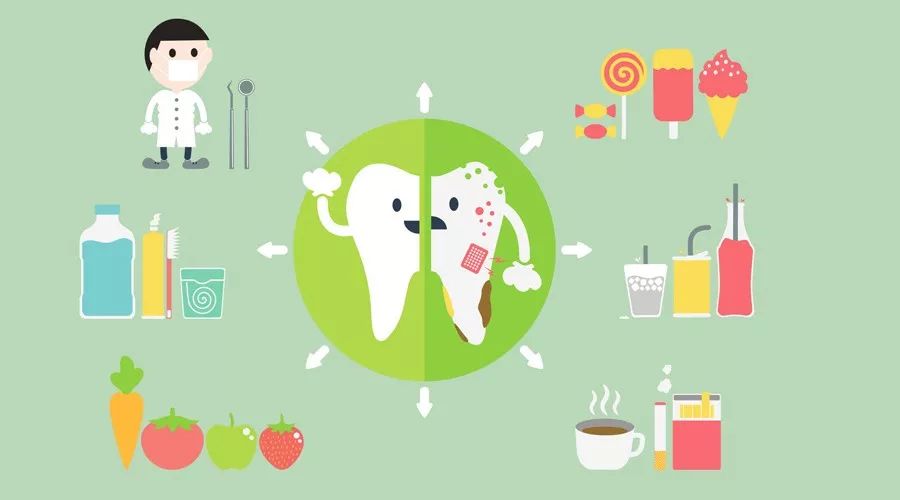
How Can I Disinfect Electric Toothbrush Head? BPA-Free & Hygienic Options

A Must-Have Guide for Brands to Deal with Water Leakage, Unstable Pressure, and charging failure repair of Water Flosser
.jpg)
How Boston app toothbrush tech elevates your Boston smart toothbrush routine?

OEM Affordable Teeth Whitening Products at Home: Expanding Your Market Reach
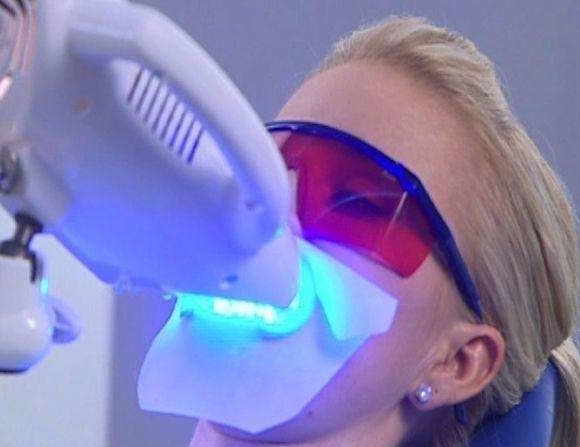
Forecast of the Teeth Whitening Device Industry in the Next 5 Years: Changes in Technology, Policies, and Consumption Scenarios

New Trends in the Electric Toothbrush Industry: How Can Intelligent Connectivity Enable Brand Premium?
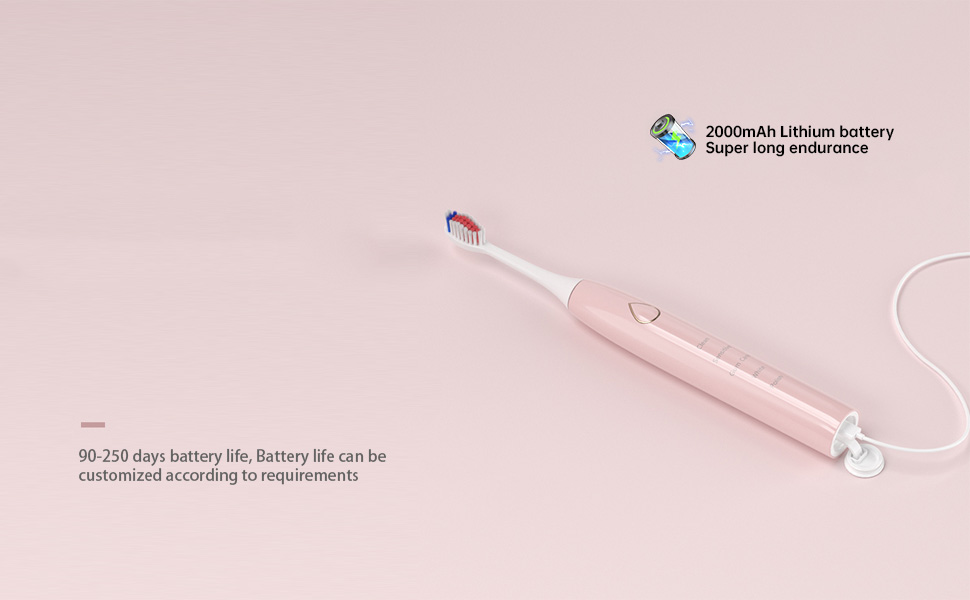
Life Cycle of an Electric Toothbrush

electric toothbrush heads Ultra Soft

Private Label Whitening Gel

Customization Teeth Whitening Gel

electric toothbrush heads Deep Clean

electric toothbrush heads Regular Clean
.jpg)
Florida Electric Toothbrush – Powsmart PTR-C8

electric toothbrush heads Charcoal Infuse-Round

Electric toothbrush heads Charcoal Infused-Diamond
whstapp
whstapp
National Toll-Free Service Hotline
+86 755 86238638